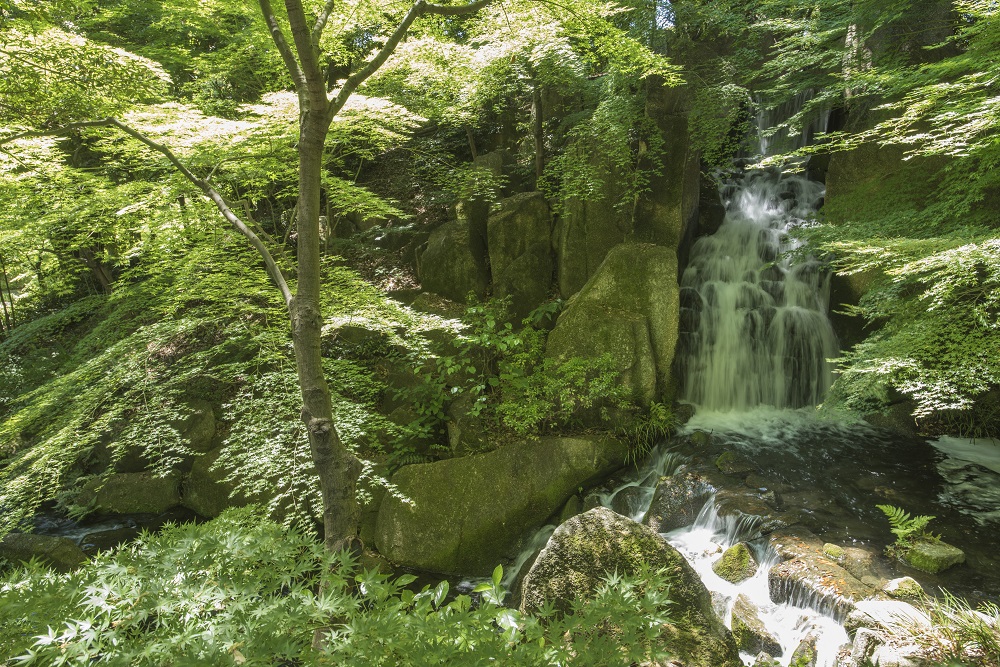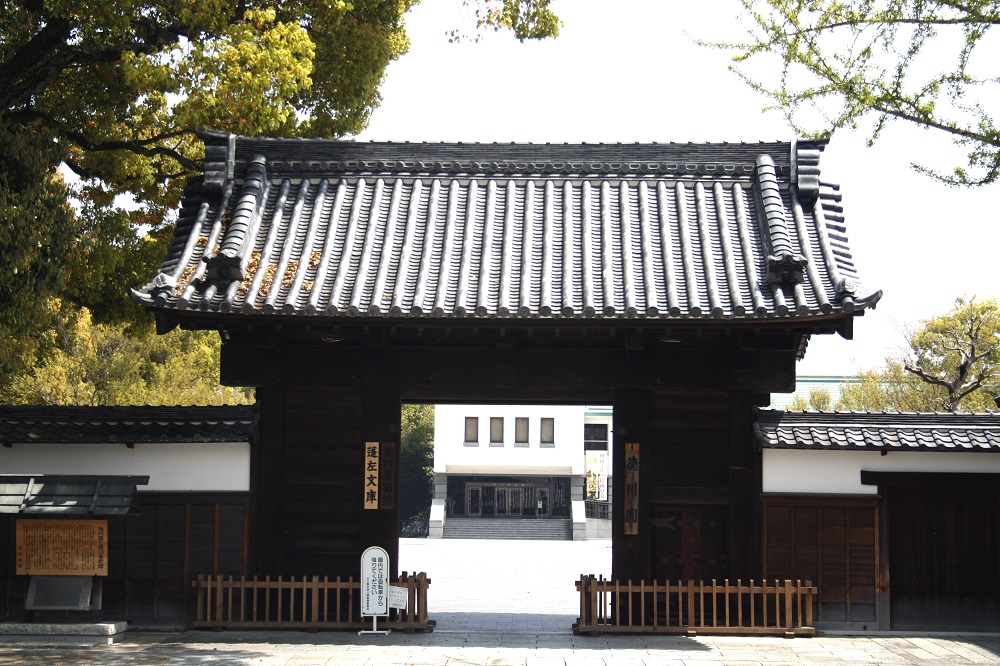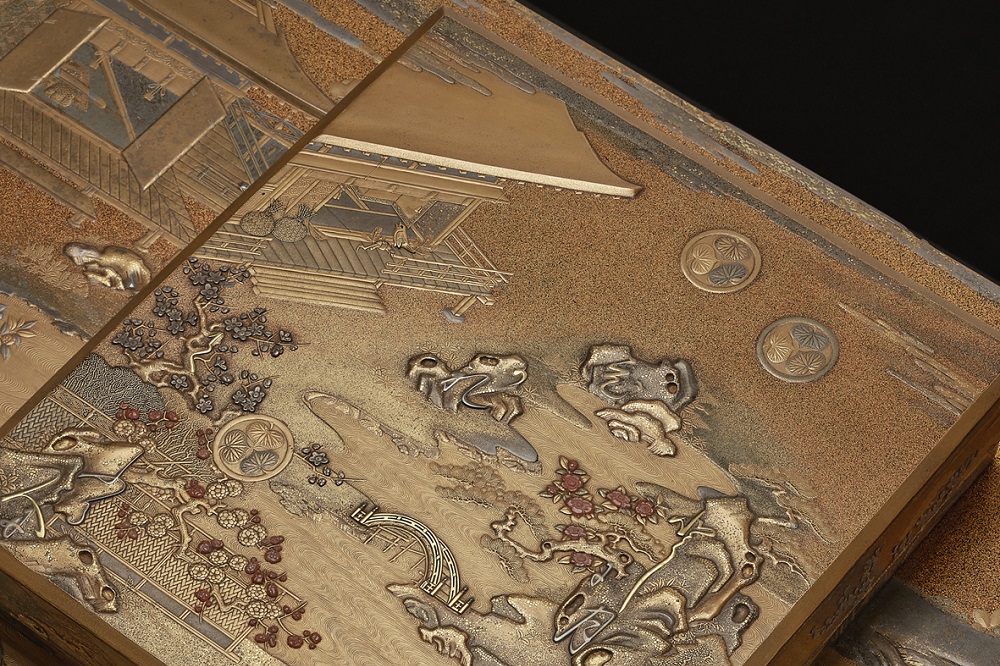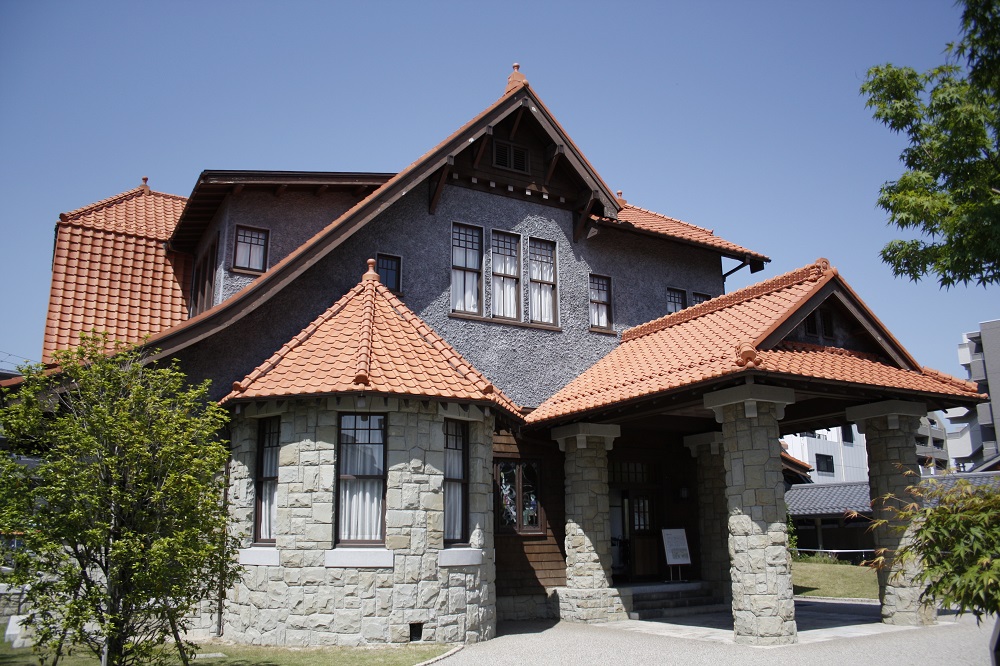The Tokugawa Art Museum houses over 10,000 artifacts mainly of the bequests of Tokugawa Ieyasu the founder of the Edo shogunate and inherited by the ninth son of Ieyasu, Tokugawa Yoshinao, and the daimyo family treasures collected and inherited by the generations of the Lords of Owari. The collection includes nine National Treasures, including the illustrated scrolls of "Tale of Genji", and 59 items designated as Important Cultural Properties. Experience the “Daimyo Culture” [culture of the feudal lords] reigned during the Edo Era by masterpieces carefully preserved by the Owari-Tokugawa Family. The exhibits on a variety of themes are held throughout the year in the Original Wing Galleries, designated as a Tangible Cultural Property.

The Tokugawa Art Museum was opened to the public in 1935. The museum consists of the main building which is a registered tangible cultural property remaining since the opening, and a new building completed in 1987, and the two buildings house exhibition galleries one through nine.
The new building was built to pay homage to Nagoya Castle, and the inside is a partial reproduction of the Ninomaru Palace of Nagoya Castle. Accordingly, visitors may appreciate the artifacts and the way used in a similar environment to people of the time.
The new building comprises exhibition rooms one to six, with the first exhibition hall devoted to symbolic relics of the samurai such as arms and swords. The second hall shows the “Chanoyu” world of tea ceremony, important for official samurai events, and the third room reproduces the hall where the feudal lords conducted government affairs and the “Kusarinoma” [tearoom] which has been used to entertain guests.

The fourth exhibition room is "the Daimyo Patronage of the Noh [Japanese performing art] Theater" after being received in the shoin [reception hall], visitors to the castle would be invited to observe performances of Noh [Japanese performing art], the formal entertainment of the warrior class.
The fifth exhibition room "Objects and Furnishings of Elegant Living" the world of the inner, private chambers, the "oku" [back] contrasts with the more public rooms of the front. Besides special exhibitions on various themes, several pieces from the National Treasure “Hatsune [First Warbler] Furnishings” are regularly exhibited.
Moreover, every year in late November, a section of the National Treasure "The Illustrated Scrolls of The Tale of Genji" is displayed. For conservation, the “The Illustrated Scrolls of The Tale of Genji” are not able to be displayed continuously, a replica and images are displayed to introduce the works in exhibition room number six.
Be immersed in the atmosphere of the era, by viewing the exhibits and the works of art in the space that were actually used. The exhibited items are changed approximately every month.

©(公財)名古屋観光コンベンションビュロー
The main building, housing the galleries seven to nine, was also introduced to the European architectural community as an innovative museum with modern facilities when opened. Today, this building is registered as a tangible cultural property of Japan as a representative example of Japanese museum architecture of the early Showa Era. The exterior and entrance remaining almost exactly as of the era, and the interior of the main building exudes a unique and dignified atmosphere.
Adjacent to the Tokugawa Garden with strolling path around a pond is The Hosa Library, housing the records and other texts of Owari Tokugawa. The exhibition spaces of the museum and library are fully integrated, and the whole area has become a center for the appreciation of Edo-period warrior culture.
From Nagoya Station Bus Terminal Platform 10, take Bus No.2 bound for Itaka Shako
disembark at Tokugawaen Shindeki Bus Stop (approx. 30 min.), then 3 minute walk from the bus stop.
From Meitetsu Bus Center on the 3rd floor at Platform 4, take the bus bound for Sangen-ya, disembark at Tokugawaen Shindeki Bus Stop (approx. 30 min.), then 3 minute walk from the bus stop.
Take the JR Chuo Line bound for Tajimi from Nagoya Station and
disembark at Ozone Station (about 20 minute ride),
then 20 minute walk from Minami-guchi (South Exit).
From Nagoya Station Bus Terminal Platform 11
Disembark at "Tokugawaen, The Tokugawa Art Museum, Hosa Library" (approx. 30 minutes) and a minute walk from the bus stop.
*Bus departs and arrives every 30-60 minutes on weekdays and every 20-30 minutes on weekends and holidays from/to Nagoya Station.
The Japanese Garden “Tokugawaen” has numerous highlights around a pond in the center, which is the mainstream style of major daimyo gardens during the Edo Period. The sight of a clear stream flowing from the waterfall through the ravine to the pond presenting an ocean, symbolically condenses the landscape of Japanese nature. Also, Tokugawaen is characterized by forms of land with great vertical intervals, the woods brought in naturally, and the great stereoscopic rock garden. An amazing view of the majestic daimyo garden is seen through the arrangements of the diversified aspects incorporated. Enjoy beautiful greenery, various colors, and flowers such as peonies and irises seasonally.

©(公財)名古屋観光コンベンションビュロー
The remains of the Owari Tokugawa family mansion completed in Meiji 33 (1900) and is a “Sanken” [5.4m wide] “Yakuimon” [gate with a gabled roof] made only from keyaki [Japanese zelkova]. The one of the few remains that survived from the fire in the air raid of Showa 20 (1945), including series of side tenements and walls and a valuable group of buildings that convey the ambiences of a samurai residence.

©(公財)名古屋観光コンベンションビュロー
“Hatsuneno Chodo” [Hatsune's furnishings] is the set of the wedding furnishings made for Princess Chiyo, daughter of Tokugawa Iemitsu, the third shogun of the Edo Period, at the time of marriage to the Owari-Tokugawa family. A total of 70 pieces of furniture are still in existence and are collectively designated as a national treasure. It took three years to complete the furniture, which is based on the "Hatsune" and "Butterfly" chapters of “The Tale of Genji”, and the advanced lacquer techniques makes the most luxurious and gorgeous wedding accessories in Japan. It is a premier collection of art at the Tokugawa Art Museum.

The area from Nagoya Castle to Tokugawaen is a variety of important historical assets remaining, including many buildings that trace the tale of path of Nagoya to modernization from the Edo Period to the Meiji and Taisho Periods. This area has been named the "Cultural Path," and serves as a place for the preservation and continued use of architectural properties. Come take a stroll through the Cultural Path, an area evoking images of Edo Culture, the path of Meiji Period to modernization, and the romanticized Taisho Period.

©(公財)名古屋観光コンベンションビュロー
When visiting the Tokugawa Art Museum, the Nagoya sightseeing route bus "Me-guru" is the most convenient. The bus-stop of Tokugawa Art Museum for“Me-guru” is located very close so hard to miss. The “Me-guru” is also highly recommended for means of transportation for sightseeing in Nagoya since it is stopping at other tourist attractions.
1-1-1 Kanayama-cho, Naka-ku, Nagoya, Aichi
ANA CROWNE PLAZA HOTEL GRAND COURT NAGOYA is located just a short stroll away from Kanayama Station, the second hub station of Aichi Prefecture following Nagoya Station. The hotel is conveniently located just 5 minutes from Nagoya Station by train an....